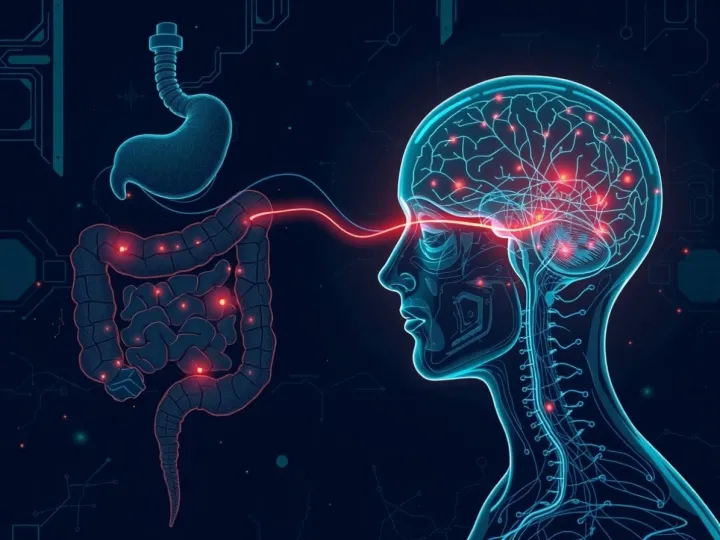Early detection can change the course of mental illness, but the tools we use often struggle to keep up with the needs of real-world clinics. Psychosis, which affects about 20 million people worldwide, typically begins in adolescence or early adulthood. By the time a first episode occurs, opportunities for prevention are limited, and the personal and social costs are immense. For decades, one of the gold standards for identifying people at risk has been the Comprehensive Assessment of At-Risk Mental States (CAARMS), a structured interview designed to catch the earliest signs. But the original CAARMS requires up to two hours, significant training, and specialized clinics - conditions rarely available outside academic centers.
Now, researchers in the UK and Italy have introduced a breakthrough: the mini-CAARMS, a condensed version that cuts the interview length dramatically while keeping nearly the same diagnostic power.
The study, published in Schizophrenia Bulletin, involved 490 participants aged 12 to 35. Each completed the full 60-item CAARMS interview. Using advanced statistical methods - including LASSO regression and cross-validation - the researchers identified 23 of the most predictive questions. This smaller set became the mini-CAARMS. When tested against the full interview, the short form showed striking accuracy: almost perfect agreement (? = 0.90), sensitivity over 95%, and specificity at 100%. In practice, this means the mini-CAARMS rarely mislabels someone who is not at risk, while still identifying nearly all of those who are.
The results went further. The team also tested an "ultra-mini" version with only 12 items. Even this smaller scale maintained high accuracy, though it missed a few more cases than the 23-item version. The researchers suggest the mini-CAARMS as the preferred tool for standard settings, with the ultra-mini reserved for contexts where time and resources are severely constrained.
Why does this matter? Because psychosis rarely begins suddenly. Most people who later develop schizophrenia or related disorders experience a prodromal phase - subtle changes in perception, thought, or speech - months or even years beforehand. Roughly 20% of those identified as being at "clinical high risk" (CHR-P) transition to psychosis within two years. That window provides a chance to intervene, delay onset, or even prevent full illness. But catching people in this state depends on wide screening, not just in specialized clinics but in community settings. The length and complexity of the CAARMS have long been barriers to scaling prevention. A shorter tool removes a critical obstacle.
The implications ripple outward. Clinicians in overstretched systems can assess more patients in less time, easing bottlenecks in early intervention pathways. Researchers can recruit larger samples with less participant burden, opening doors for broader studies on biomarkers and prevention strategies. Even telehealth programs, increasingly vital in global mental health, can integrate streamlined interviews more easily.
Importantly, the mini-CAARMS showed no bias across sex or ethnicity in this study. Its performance was consistent across white and non-white participants, men and women alike. That reliability matters if the tool is to be adopted internationally, across diverse populations and health systems.
Of course, the researchers caution that a shorter test has trade-offs. The condensed versions inevitably leave out questions, and a small number of cases may be missed. Building rapport may also be harder in a faster interview, reducing chances to validate a young person's unusual or distressing experiences. The authors recommend that the mini-CAARMS be used alongside a standard psychiatric interview, ensuring that the human dimension is not lost in efficiency.
Still, the balance is clear. The mini-CAARMS takes around 35 minutes instead of two hours. It captures the most critical features of risk while preserving the original scoring logic. In simulations, its ability to predict who will transition to psychosis over two years was nearly the same as the full version. For preventive psychiatry, this represents a practical breakthrough.
Preventing psychosis is one of the most difficult challenges in mental health. Unlike heart disease or diabetes, there are no biological blood tests or scans that reliably predict risk. Psychometric tools remain our frontline method. By condensing one of the most validated instruments without losing its accuracy, the mini-CAARMS gives clinicians a sharper, faster way to identify those who may benefit from support before crisis strikes.
As healthcare systems face tighter budgets and rising demand, a lighter tool with the same diagnostic weight could help expand preventive services worldwide. In the words of the researchers, this shorter version "substantially reduces administration burden while preserving accuracy," opening the door for broader adoption in community and low-resource settings.
The future of psychiatry may not only lie in new drugs or advanced imaging but also in the refinement of how we ask questions. Sometimes, progress comes not by adding complexity, but by carefully subtracting it. The mini-CAARMS shows that in preventive psychiatry, less can indeed be more - and that shrinking a test may help expand hope.






